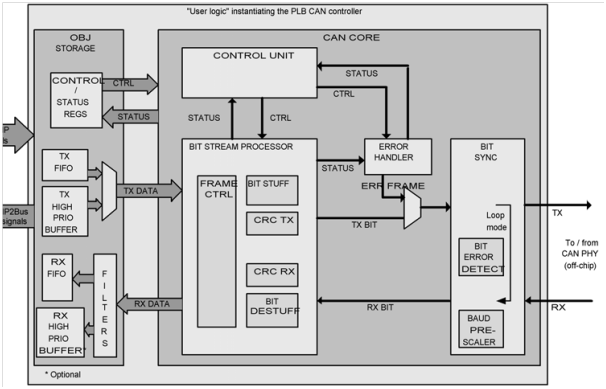Title: UAV attitude estimation using wide-angle vision sensor
Attitude estimation of Unmanned Aerial Vehicle (UAV) using wide-angle vision sensor has a crucial role in the survivability of UAV whose operation is performed in some uncertain, possibly unfriendly, areas. In this project, an optimal attitude estimation algorithm will be developed and tested using a wide-angle video camera mounted on a quad-rotor UAV. This project includes software algorithm development and hardware in-the-loop simulation
Literature review
An unmanned aerial vehicle is an aircraft that was driven by a pilot or a navigator and without the actual involvement of humans on the board of the aircraft. UAV can be automatically monitored without the human involvement and are operated by the remote operations. In general UAV has a wide range of application in the area of military and almost similar to the missiles, except that they do not carry any human operator and aerodynamic forces are used across for lifting the vehicle and in general these UAV’s are expandable and recoverable automatically. Recently the usage of UAV has widely spread in the area of military and civilization, as they can be remote controlled and operated with respect to the high or low altitude. In general UAV’s can be controlled and operated with the help of GPS and other internal navigational systems and thus UAV’s can handle high risk aerial, where the actual process required human operations. Intelligence gathering can be considered as the main functionality of UAV’s. As the aerial view can gather large set of information and even the coverage is very high when compared to the load level coverage, UAV’s has found wide range of application in the area of military and civilian areas.

